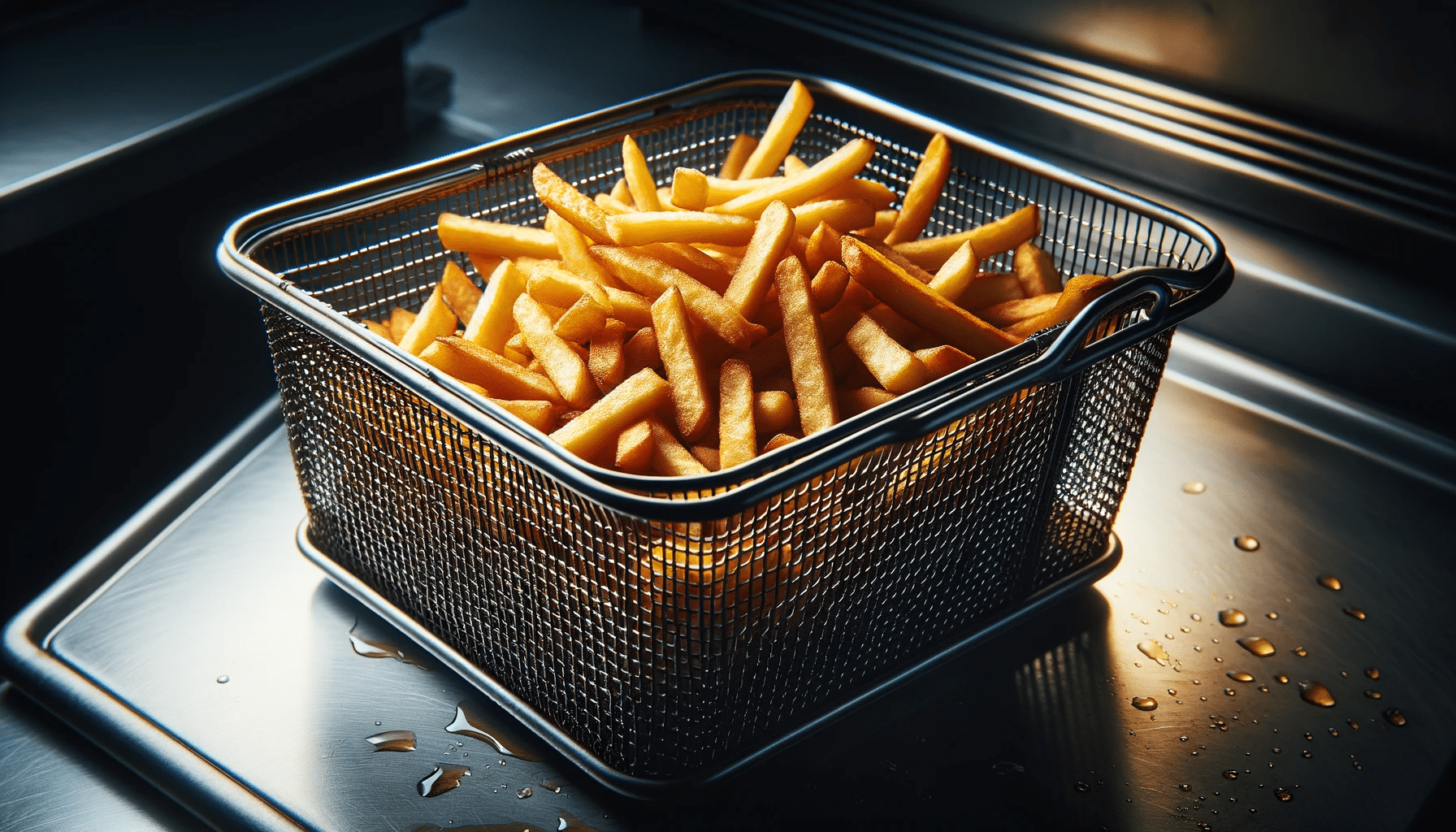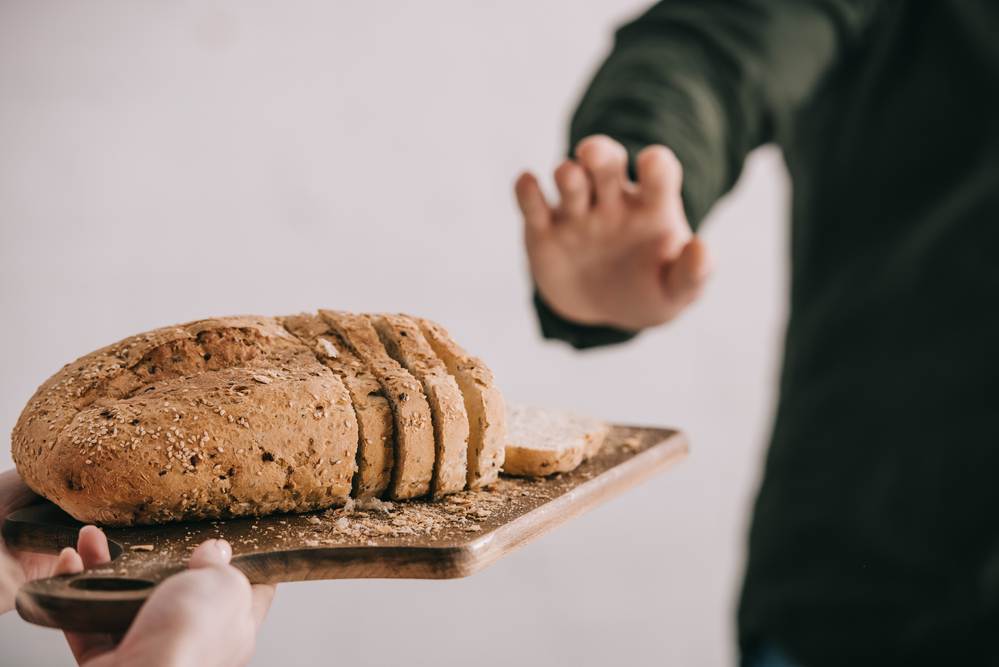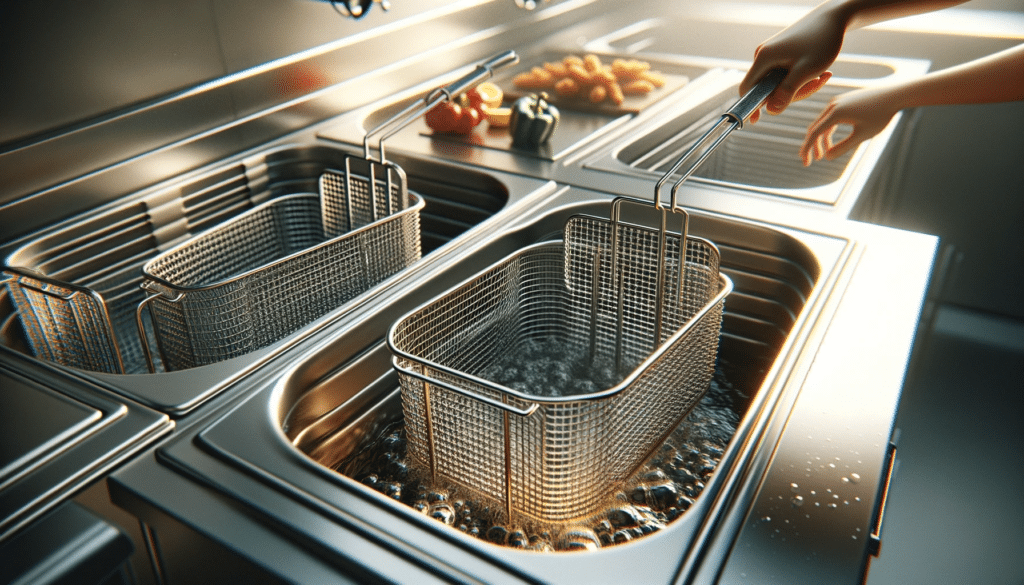Does Heat Destroy Gluten? Absolutely Not, And Here’s Why

Does heat destroy gluten? Absolutely not. Continue reading and we’ll explore why.
Ever since my celiac disease diagnosis in 2021, I’ve had more than my fair share of frustrating conversations.
One celiac myth that particularly grinds my gears? The notion that heat destroys gluten.
Let’s get one thing straight… Gluten doesn’t denature easily – it remains stubbornly intact until temperatures soar above 570°F (300°C). So, no – heat DOES NOT destroy gluten.
Yet, typical cooking methods – think toasting, baking, frying, boiling, and microwaving – don’t even come close to these extremes.
Celiacs and gluten-intolerant individuals should run a mile if dining out and someone tries to tell you the opposite is true.
Let’s dive into why this is the case…
Key Takeaways
- Gluten is highly resistant to heat and not easily denatured by cooking temperatures. It remains intact until above 570°F (300°C)
- Standard cooking methods like baking, frying, boiling, microwaving do not reach temperatures high enough to destroy gluten
- Restaurants or food claiming to use heat or cooking techniques to “remove” gluten cannot be trusted and should be avoided
- For those with celiac disease or gluten sensitivities, the only safe approach is avoiding all gluten exposure and adhering 100% to a strict gluten-free diet
The Low-down on Gluten and Why It’s a Concern for Celiacs

Living with celiac disease, I’ve become an involuntary expert on gluten.
What is this substance that’s seemingly everywhere yet invisible to the naked eye?
Gluten is a protein found in wheat, barley, and rye. For most, it’s harmless. But for those of us with celiac disease, even the most minuscule amount can cause flare-ups.
When someone with celiac disease consumes gluten, it triggers an autoimmune response that damages the small intestine.
We’re not just talking about minor discomfort; it’s a serious health risk that can lead to a plethora of complications if not managed properly. It’s not about dietary fads or preferences; it’s about survival.
I often hear people say, “Surely a little bit won’t hurt,” or “Can’t you just cook it away?” The answer is a resounding no.
The persistence of gluten, even under extreme heat, poses a constant challenge in our lives. And it’s about time we set the record straight.
The Myth of Heat Destroying Gluten

It’s a myth that’s been around for too long: the idea that heating gluten to a certain temperature can render it harmless.
As a seasoned member of the celiac community, let me tell you – it’s nothing but wishful thinking. It’s highly unlikely heat will destroy ALL gluten in foods. And I, for one, will not take the risk.
Let’s get technical for a moment. Gluten is a protein complex that doesn’t give up easily. It withstands heat remarkably well, only beginning to denature at temperatures above 570°F (300°C).
But here’s the kicker: our everyday cooking – whether it’s baking, frying, or even microwaving – doesn’t come close to these temperatures.
Even if, hypothetically, you could cook gluten-containing foods at such extreme temperatures, the internal temperature of the food wouldn’t reach this gluten-destroying threshold.
So, that piece of toast, that fried chicken, or that bowl of pasta? If it contained gluten to begin with, that won’t change after cooking. Period.
Understanding this is crucial for anyone with celiac disease or gluten intolerance. Believing otherwise can lead to harmful health consequences.
Personal Experiences and Community Insights
I’ve lost count of the times I’ve had to explain why even a crumb of gluten is a no-go for me.
It’s not just my story; it’s a narrative shared by many other celiacs. We’ve all had those moments of frustration and disbelief when someone suggests that a little bit of heat could magically make our food safe.
Let me share a story.
Once, I was dining out with a friend when I asked the waiter for more information about the cooking methods at the restaurant.
After speaking with the chef, they returned to our table, only to suggest that heat could destroy gluten as it was cooked at a high heat (in the same fryer as gluten-containing items!).
Despite the high heat, I knew better. I politely declined and explained why that wouldn’t work. Safe to say, I went home hungry…
Celiacs aren’t alone
Every celiac has a story of accidental exposure, of trusting a “gluten-friendly” label only to suffer the consequences.
These stories are not just anecdotes; they are powerful lessons and reminders of the vigilance required to manage our condition.
Our experiences are not just personal; they ripple through our community, fostering a collective wisdom that guides and supports each other.
It’s about more than just food; it’s about trying to survive in a world that often misunderstands our condition.
Final Thoughts On The ‘Heat Destroys Gluten’ Myth
Let’s be unambiguous – heat absolutely doesn’t destroy gluten. This reckless myth endangers celiacs. We must continue dispelling falsehoods, raising awareness relentlessly.
Change takes time, but together we can reshape perspectives. Our health depends on it.
Further Reading
| Article | Description |
|---|---|
| Can You Outgrow Celiac Disease? | Explains if it’s possible to outgrow celiac disease over time. |
| Can Celiacs Touch Gluten? | Discusses whether simply touching gluten can make celiacs sick. |
| Do Celiacs Have a Weakened Immune System? | Examines if celiac disease leads to a compromised immune system. |
| Can Celiac Disease Progress and Worsen with Age? | Looks at potential worsening of celiac disease over time. |
| Hidden Symptoms of Celiac Disease | Overviews lesser-known symptoms of celiac disease. |
| Can Gluten Cause Joint Pain? | Discusses the link between gluten and joint pain. |
Does Heat Destroy Gluten? – FAQs
Why exactly is gluten harmful for people with celiac disease?
Gluten triggers an autoimmune response in those with celiac disease that damages the small intestine and can lead to many complications including nutrient malabsorption and higher risk of some cancers.
What is the minimum temperature required to destroy gluten?
Gluten only begins to denature at temperatures above 570°F (300°C). Everyday cooking methods don’t come anywhere close to reaching such high temperatures.
Would thoroughly cooking gluten foods destroy any traces of gluten?
No, cooking gluten-containing foods in typical methods like baking, boiling, frying, or microwaving does not remove gluten. Cooking cannot destroy gluten, whether that’s at home or while dining out.
I’m hosting a dinner party for a friend with celiac disease. What precautions should I take?
Be very careful to avoid cross-contamination. Thoroughly clean all prep areas and utensils. Use separate serving dishes. Ensure all ingredients and even the smallest traces are 100% gluten-free.
Is just a little bit of gluten OK for someone with celiac disease or intolerance?
No, even tiny exposures to gluten can make those with celiac disease or intolerance very ill. There is no “safe” threshold of gluten for sensitive individuals. Strict adherence to a 100% gluten-free diet is required.
Disclaimer: This content is based on my personal experience as an individual diagnosed with celiac disease and IBS (Irritable Bowel Syndrome) who follows a strict gluten-free diet. This does not constitute medical advice. Please consult a medical professional, nutritionist, or qualified dietitian for personalized, professional advice.
